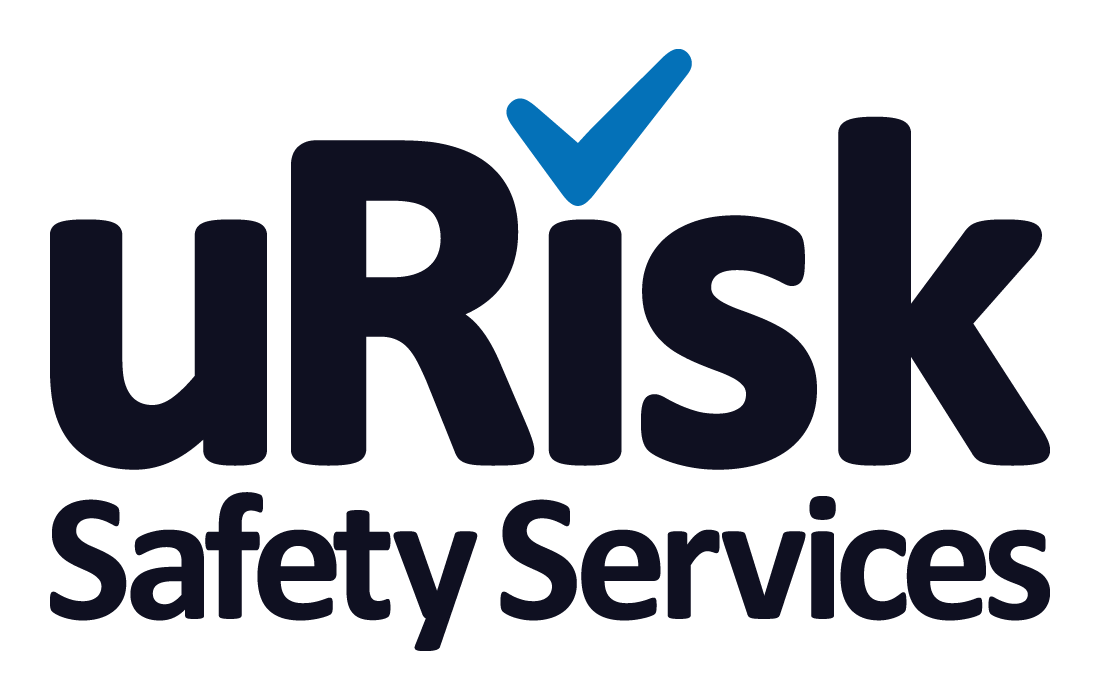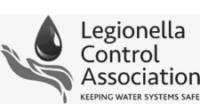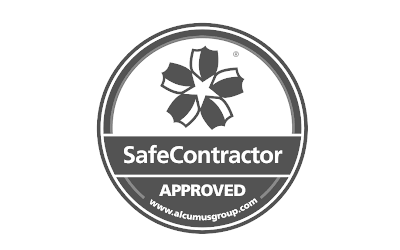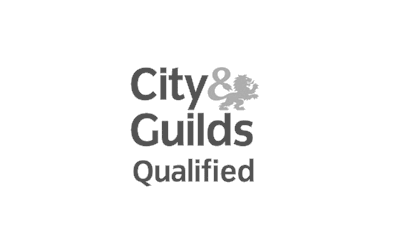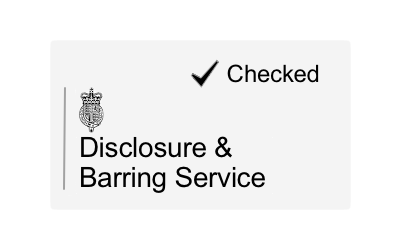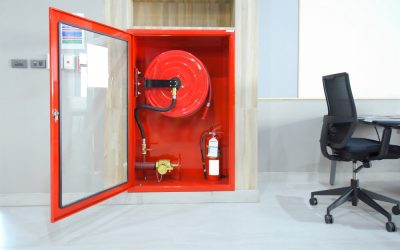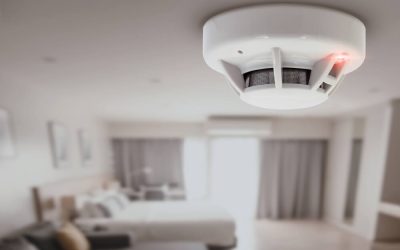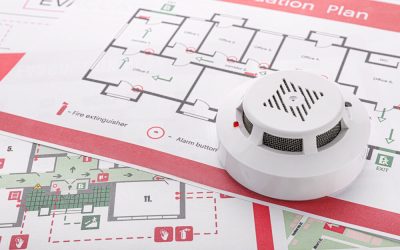Office Water Testing Regulations Explained in 3 Mins
Whatever industry you’re in, under the Health and Safety at Work etc Act 1974, as an employer, you are obligated to protect your employees, contractors and visitors from getting hurt or ill. This includes reducing the risks from legionella bacteria with regular office water testing as part of your office’s health and safety risk assessment.
Why is it so important to reduce the risk of legionella?
Legionella is a bacterium that is found in natural aquatic habitats around the world. It thrives in stagnant water that is between 20°C and 45°C. In nature, legionella numbers tend to be low, but if the bacterium gets into your office’s water system and conditions are right for its survival, it can multiply and become a major problem. When there are large quantities of bacteria in the water system, there is a risk that the bacteria could be accidentally inhaled by someone via tiny water droplets. Once the bacteria are in the lungs, the person can go on to develop the potentially fatal Legionnaires’ disease.
Conditions in which legionella might thrive in your office
First the good news. If your office is in daily use, it is unlikely that legionella will be a problem. Everyday human activity means your water supply is in constant use as people use it to make drinks, wash up, flush toilets and wash hands. With the water system being flushed on a constant basis, there is virtually no opportunity for the bacteria to become established. And as long as the water pipes are well insulated to keep the cold water temperature below 20oC and the hot water temperature above 45oC, the risk from legionella is very low. We suggest using a legionella thermometer to manage and measure water temperature.
However, if there are parts of your office that are used less than others, the water in those parts of your system will be flushed through the pipes less frequently. If this is the case, then you need to take steps to prevent stagnation. It is a good idea to flush every toilet and run every tap for a couple of minutes on a weekly basis. Otherwise there could be a decrease in water quality as legionella and other bacteria get established in the still water. Therefore, if these areas are completely unused, it would be safer to shut down the water supply to them completely. Changes in water quality, such as unusual taste, odor, or discoloration, may serve as a not drinking water sign, signaling potential issues with the pump that require servicing.
It is the same if your premises are temporarily closed or left vacant for a long period of time. With no activity that results in the water system being flushed on a regular basis, there is a risk that legionella bacteria will have the opportunity to grow. This is why there was a spike in the number of positive results from legionella tests after lockdown.
You also need to check your water system to ensure there are no dead legs – small sections of piping that are no longer in use, usually created after modifications have been made to the system, leaving a small ‘leg’ of pipe. The water that collects in the dead leg will become stagnant, which means conditions are right for the bacteria to collect and breed. If you have dead legs in your office premises, the best thing to do is hire a plumber to remove them. As stagnant water will be disturbed in the process, it is also a good idea to organise legionella water testing at the same time.
Legionella risk assessment
Organising a legionella risk assessment is the best way to ensure you are doing everything possible to eliminate the risk of Legionnaires’ disease in your office. We recommend that assessments and testing are carried out every two years, with legionella monitoring on a more frequent basis.
If you would like more information and advice, please feel free to contact us to discuss your office’s needs.
Legionella and Water Hygiene Blog Posts
Office Fire Risk Assessment
As you would expect, keeping your office safe from the risk of fire is a legal requirement under the Regulatory Reform (Fire Safety) Order 2005. If you are the owner or manager of a business, or landlord of an office building, it is your responsibility to ensure your...
Fire Risk Assessment For Flats
Your legal requirements as a landlord include taking precautions to keep your tenants safe, including when it comes to the risk of fire in flats. As part of the fire safety regulations, fire risk assessments for flats is therefore part of your legal obligation to...
Getting A Risk Assessment For Fire in the UK
As an employer, landlord or facilities manager, it is your legal responsibility to keep everyone who uses your premises safe. A fire risk assessment is an important part of this because it identifies what might cause a fire so you can take steps to prevent one, as...
